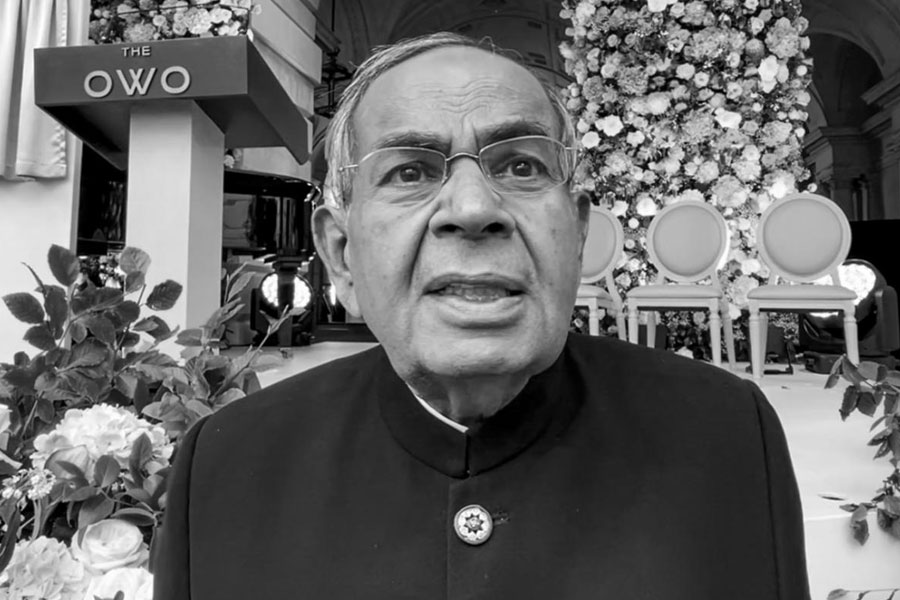Picture your ideal candidates. They arrive for the interview on time and smartly dressed to project a professional image. Their handshakes are firm and smiles bright. They stand tall and speak confidently. You are so impressed that you feel like hiring them on the spot.
Now, picture the opposite candidates. They arrive a few minutes late. They are dressed conservatively, but possibly not stylishly — perhaps too formally. Their handshakes are soft and weak or too strong and vigorous. They avoid eye contact and speak softly. Or they look you up and down and stand too close for comfort. All you can think of is how uncomfortable you feel and what a poor impression they make. They have a lot to overcome before you even consider hiring them.
When you encounter body language that you makes you feel uncomfortable, it’s tempting to write off the candidates. But once you are aware of the cultural differences, you can put them into context so that you look more deeply at the candidate’s skills and experience.
Here are six areas of body language to look out for in candidates from other cultures.
Eye contact
Making eye contact is a sign of respect and confidence, and candidates who avoid eye contact give the impression that they lack confidence, are hiding something, or are not trustworthy. In many cultures, making eye contact is considered highly disrespectful, and avoiding eye contact is a sign of respect.
Firm handshake
A firm handshake is a sign of confidence. But in Asian cultures, a soft, weak handshake is the norm. And in some cultures, people shake hands vigorously for a longer time, and might put their left hand on your elbow, which may feel invasive to some people.
Smile please
A warm smile connects people. It could be disconcerting to talk to candidates who never crack a smile, or who smile when you consider it inappropriate.
Smell right
Smells can greet you before you exchange words. Recruiters are very conscious of odours. In some cultures, people use strong perfumes, which may turn off recruiters. Food smells such as garlic or spices, or body odours, might lead recruiters to cross candidates off their list.
Close contact
Candidates who come too close for comfort might cause recruiters to retreat. In most countries, the population is dense and people are used to standing closer together. A candidate who moves closer is attempting to connect, but recruiters might not see it that way.
Emotional outburst
In places such as East Asia, people do not show emotions openly in a business setting, and might be perceived as not being interested in the job.
So how do you filter all these variations in body language to find the best candidate for the job? First, remember that while basic body language (facial expressions of joy, fear, anger, disgust, sadness, and surprise) is universal, most of the body language we use in the workplace is learned behaviour. We didn’t all grow up knowing how to shake hands with a business contact. We learned it by observing people in the business community; through a book or training course; or from a manager, colleague, or mentor.
Most immigrants are motivated to learn what it takes to succeed. They would gladly practise firm handshakes and eye contact for meeting clients, if it would help them advance in their careers. It just takes a bit of insight and coaching. Don’t pass up skilled and talented people — help them understand the workplace culture and integrate into your organisation, so everyone wins.











